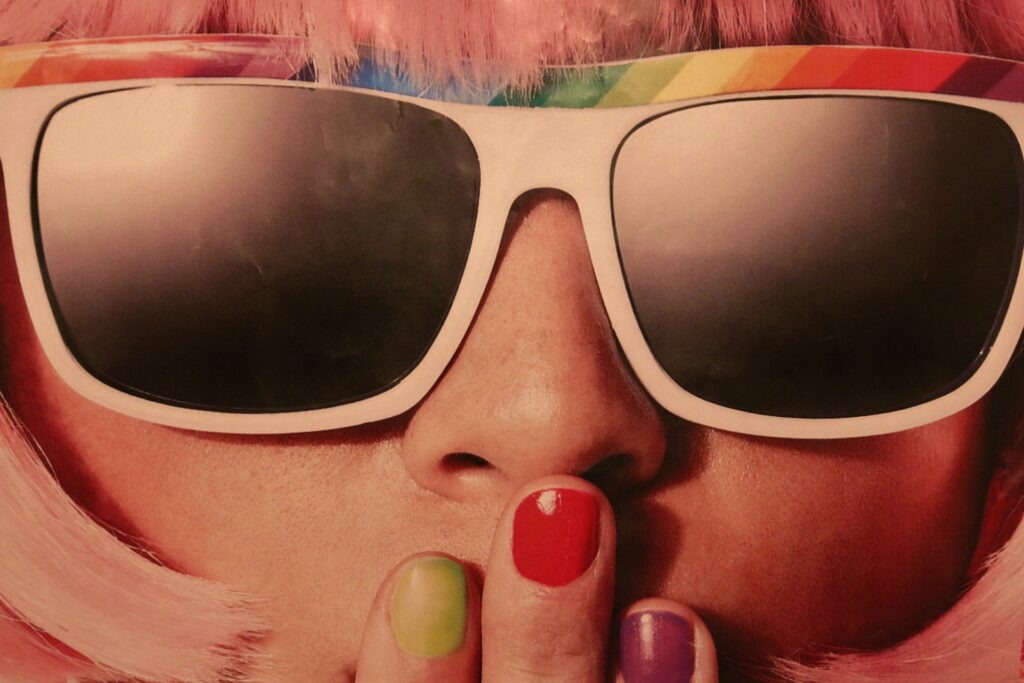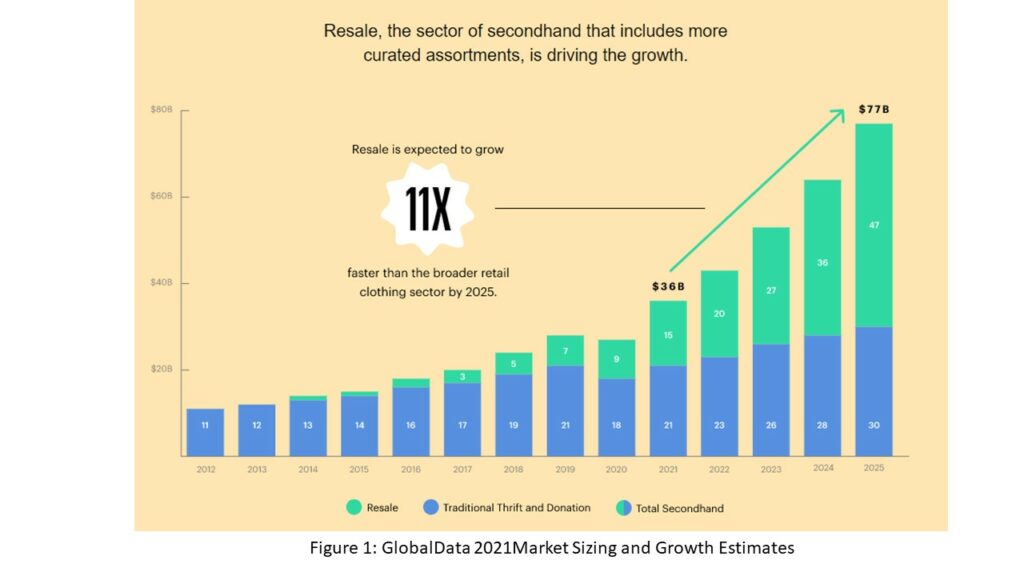
Increasingly, the stigma that buying second-hand clothes is not as chic or stylish as buying new is disappearing. More and more consumers are attracted to this model because it allows them to save costs, to have access to brands that they would not be able to buy at full price, and to contribute to the environment by extending the life of the garments as well as lowering the demand for new items and avoiding they end up in landfill.
According to the study “Circular business models: redefining growth for a thriving fashion industry” carried out by Ellen MacArthur Foundation (2021) currently circular models (resale, rental, repair, and remaking), represent a USD 73 billion market and it’s expected to continue growing.
Changing Consumer Habits
Research “Fashion Technology and Innovation – UK – 2021: How Consumers Buy Fashion” carried out by Mintel (2021), reveals that 37% of Generation Z in the UK bought second-hand clothing in the last 12 months, as they were less motivated in the latest fashion trends and more concerned about the environment. This change in consumer habits is experiencing a rapid growth, being one of the most important observed in recent times within the fashion industry. With social media approach,” mobile technology also plays a key role in this growth, over 20 per cent of its traffic via mobile, which looks set to continue to grow in the coming months” Ian Buzer, managing director Preloved (Second-hand buying and selling website).

“ According to a report from clothing consignment platform thredUP, the second-hand market is expected to double by 2025, outpacing the growth of the overall apparel industry. This growth would be 11x faster than the expected growth of the overall apparel industry. The next 10 years will see the resale market grow much faster than traditional retail with second-hand clothing expected to be twice the size of fast fashion by the year 2030”
Mintel Report “Second-hand shopping surge (2021)
Taking all these aspects into account, fast fashion brands are already showing interest in resale or vintage platforms through partnership with direct players, because is a profitable way to moving to sustainability. In this way and through collaborative alliances, a new vertical axis can be opened, minimising risks, and generating synergies between both parties. Sellpy, the Swedish second-hand platform is majority owned by H&M, who recently announced its expansion into 20 new markets in partnership with the H&M Group’s global supply chain unit in Poland. In another example, the U.S. ecommerce ThredUp, one of the world’s largest resale platforms, has partnerships with other relevant retailers, including Gap, Adidas among other brands, which have implemented circular programmes for its customers.
Even though Second-Hand Fashion is increasing, still is in growth stage, so brands should continue investing in order to improve the customer experience where high street retailers still lead. Besides is crucial to invest in quality photography and product descriptions, in order to reduce friction during the customer journey and consequently increase the conversions.
